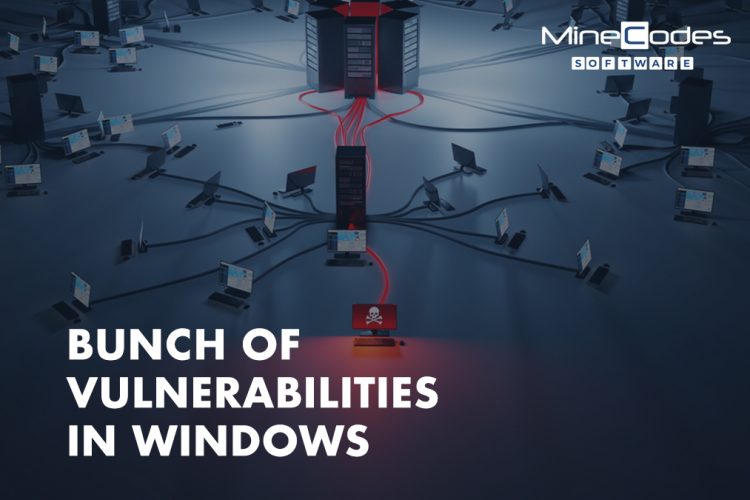
As technology advances, keeping personal and client information safe on the internet becomes more difficult for organizations of all sizes.
Web security is essential for preventing hackers and cyber-thieves from gaining access to critical data. Businesses risk malware spreading and escalating, as well as assaults on other websites, networks, and IT infrastructures, if they don’t have a proactive security policy in place. If a hacker succeeds, the assault might spread from machine to computer, making it impossible to track down the source.
What Is the Best Way to Tell whether a Website Is Safe?
There are several techniques to determine if a website is safe, one of which is to use HTTPS. In addition to HTTPS, you may determine the trustworthiness of a website by asking yourself the following questions:
- Is the website a reputable source of information?
- Is there any expert value on the site?
- Does the site appear to be spammy or broken?
- Does the link appear spammy when I hover over it?
How can I make my online information more secure?
On the internet, the strongest line of protection begins with user knowledge. Implement these 5 security techniques to reduce the danger of web security attacks:
1. Make Use of Secure Passwords
3 or 4 character passwords used to be enough to keep your data protected. However, as technology has progressed, so have password cracking talents and methods.
Your passwords must now be at least 8 characters long and contain a combination of lower case letters, capital letters, digits, and a special character such as an exclamation point.
Make sure your password isn’t a term you know. You may find it simple to recall the words “I love my children,” but a password cracking programme will do so in no time. It’s a good idea to utilize the initial letter of a sentence you’ll remember, such as this:
“ILm3c-JM&P” stands for “I love my children, John, Mary, and Phil.”
Never use the same password more than once. If someone gains access to one of your accounts, they will have access to your bank accounts, online shopping accounts, and any other sensitive information.
Is Your Website Safe to Visit?
Check to see whether your website has the required SSL certification for Google to deem it secure.
2. Authorization with two factors.
When a website identifies that a separate IP address is used to connect to a website, such as your Google account, two-factor authentication comes in useful. A text message is sent to the phone number you registered with to confirm that it is you. If you haven’t logged in, you should change your password right now to protect your account.
3. Make use of secure networks at all times.
Look at the URL bar before login into your bank website and other sites where you have personal information before logging into banking and other important websites. If the address begins with HTTPS, you can be sure it’s safe (because to the “s”). If it doesn’t, you’re either on the wrong login page or the website is a spoof (false).
Never click on a suspicious-looking link in an email. Even better, never click on a link that appears on a critical website, such as your bank’s website. To log in, simply browse to the website link you’ve stored in your favourites or phone them. They’ll appreciate your vigilance.
Website Cta Blog
4. Make use of many email addresses.
If you use a different email for things like Facebook, Twitter, and even EBay, your personal banking email may be more safe. If someone hacked into one, they wouldn’t have access to the others automatically.
5. Be Wary of Posting Your Email Address on the Internet
If nothing else, this is an invitation to spam, but it also sends out a message that says, “Hey, hack me.” “Here’s my email address.” Avoid putting your email address in places where spammers may readily find it, such as forums, review sites, and message boards.
” This blog offers generic information. By no means, it is professional advice. The information aforementioned is believed to be factually correct. The information provided is solely based on the author’s judgment and is subject to change. This is not endorsed by any 3rd parties or other brands.”
#Cybersecurity #SecureWebsite #SecurePassword #EmailAddress



